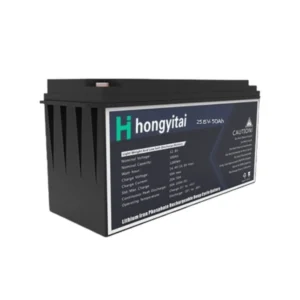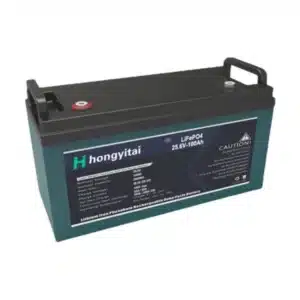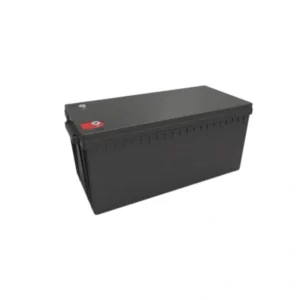Electric Wheelchair Batteries
Electric wheelchair batteries are a crucial component of electric wheelchairs, providing the primary power source. There are 3 common types: lead-acid, AGM, and lithium-ion. Each offers distinct performance characteristics for daily use.
Most electric wheelchairs operate on a 12V battery, although some use 24V systems. Typical capacities range from 12Ah to 100Ah, depending on the wheelchair’s power requirements and desired range.
Due to their decreasing cost, lighter weight, and longer lifespan, lithium-ion batteries are becoming the preferred choice for electric wheelchairs. As a specialized manufacturer of lithium-ion batteries, we invite you to inquire about the best battery solution for your specific needs.

High stability
Electric wheelchair battery offers a long lifespan of 8-10 years and provide consistent power output.
Easy operation
Electric wheelchairs are designed for easy operation, often requiring only one person to maneuver.
Portability
Lithium batteries are compact and lightweight, making them easy to transport and carry.
Safety
Deep-cycle lithium batteries ensure long-term safe and reliable operation.
battery for electric wheelchair product
12V deep-cycle batteries are designed for long-lasting, steady power output, making them ideal for applications requiring sustained discharge. They typically offer a cycle life of over 6000 cycles and can handle high current demands.
Some electric wheelchairs and scooters use multiple 12V batteries connected in series to provide a 24V output. This configuration can accommodate larger motors and improve overall system reliability.
Connecting two 12V batteries in parallel increases the overall capacity while maintaining the voltage, resulting in longer operating times.
- Electric wheelchair battery models
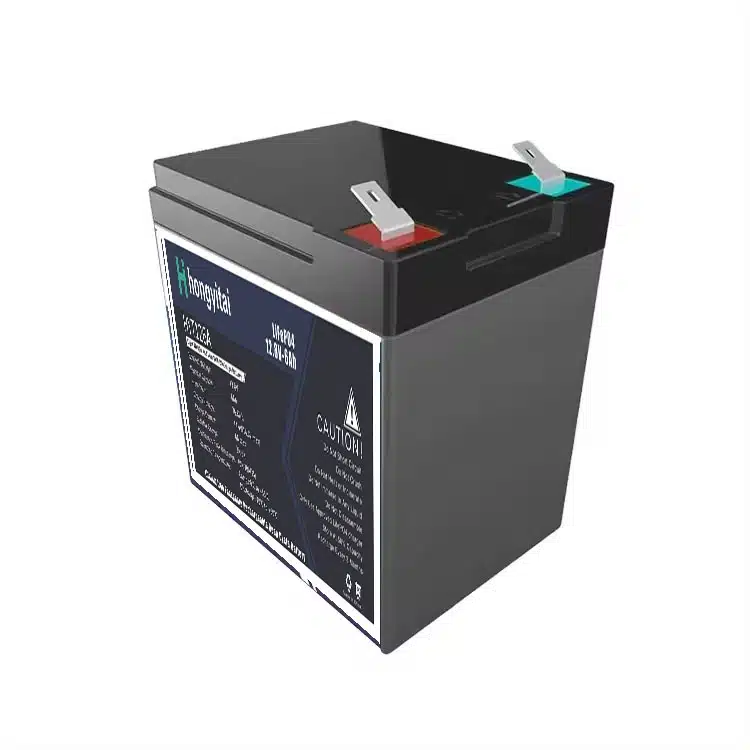
12.8V 6Ah LiFePo4 Battery
Nominal voltage: 12.8V
Nominal capacity: 6Ah
Rated energy: 76.8Wh
Recommend charge current: ≤3A
Peak discharge current: 20A
Internal resistance: ≤50mΩ
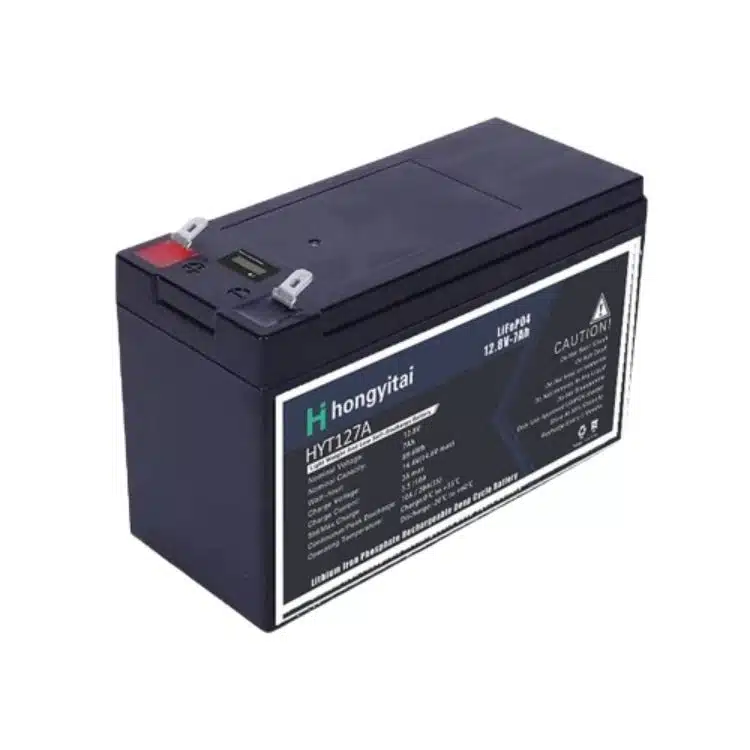
12.8V 7Ah LiFePo4 Battery
Nominal voltage: 12.8V
Nominal capacity: 7Ah
Rated energy: 89.6Wh
Recommend charge current: ≤3.5A
Peak discharge current: 20A
Internal resistance: ≤40mΩ
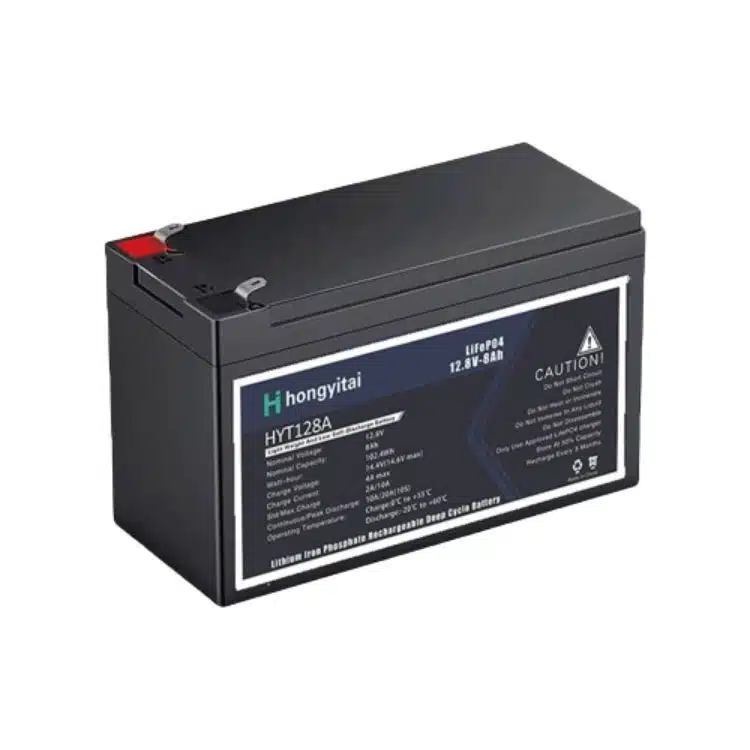
12.8V 8Ah LiFePo4 Battery
Nominal voltage: 12.8V
Nominal capacity: 8Ah
Rated energy: 102.4Wh
Recommend charge current: ≤4A
Max charge current: 20A
Internal resistance: ≤40mΩ
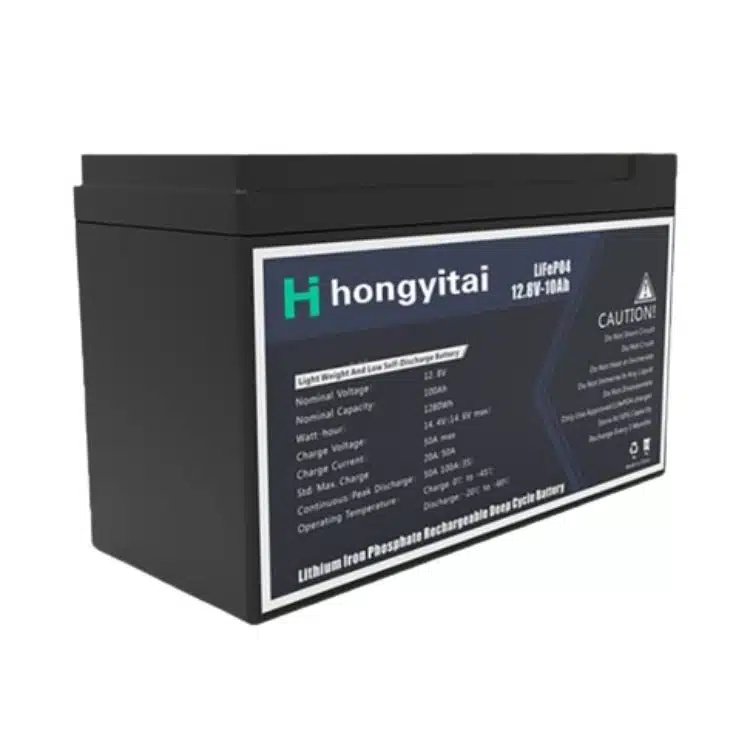
12.8V 10Ah LiFePo4 Battery
Nominal voltage: 12.8V
Nominal capacity: 10Ah
Rated energy: 128Wh
Recommend charge current: ≤4A
Max charge current: 20A
Internal resistance: ≤40mΩ
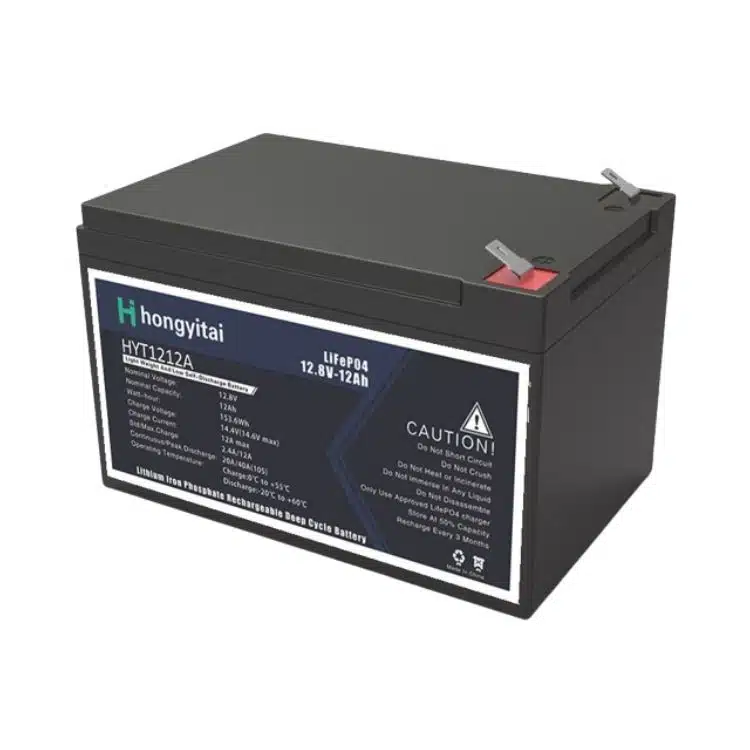
12.8V 12Ah LiFePo4 Battery
Nominal voltage: 12.8V
Nominal capacity: 12Ah
Rated energy: 153.6Wh
Recommend charge current: ≤6A
Max charge current: 40A
Internal resistance: ≤40mΩ
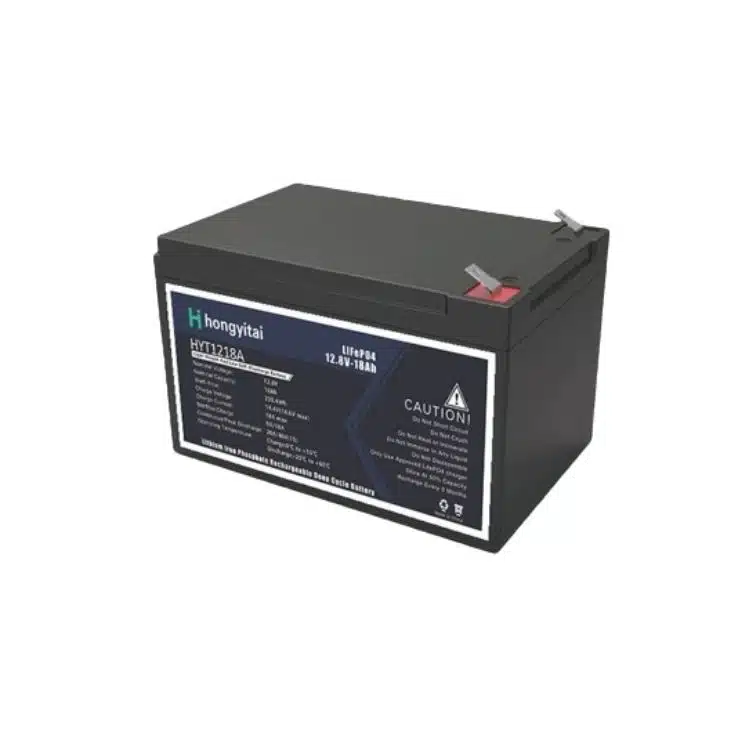
12.8V 18Ah LiFePo4 Battery
Nominal voltage: 12.8V
Nominal capacity: 18Ah
Rated energy: 230.4Wh
Recommend charge current: ≤9A
Peak discharge current: 40A
Internal resistance: ≤40mΩ
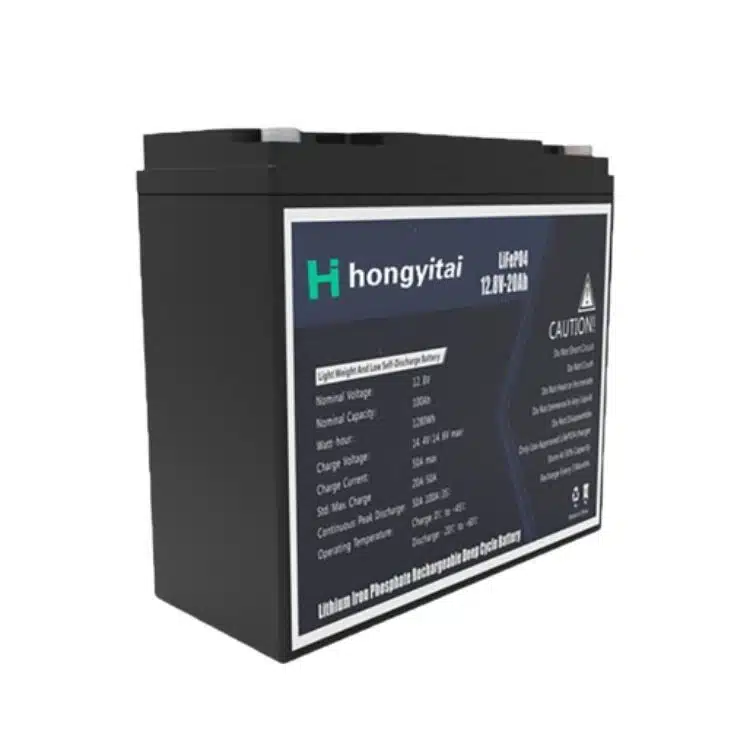
12.8V 20Ah LiFePo4 Battery
Nominal voltage: 12.8V
Nominal capacity: 20Ah
Rated energy: 256Wh
Recommend charge current: ≤10A
Peak discharge current: 60A
Internal resistance: ≤35mΩ
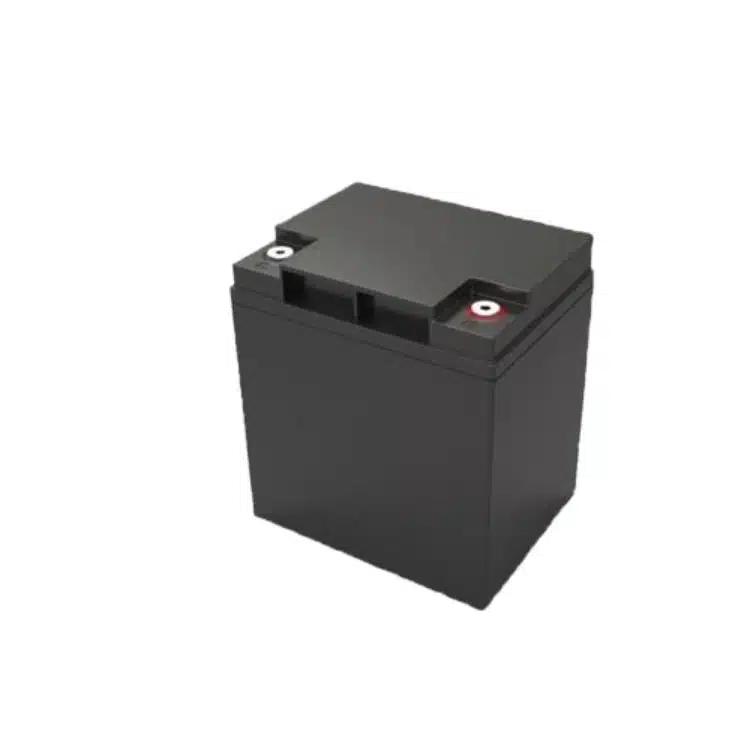
12.8V 30Ah LiFePo4 Battery
Nominal voltage: 12.8V
Nominal capacity: 30Ah
Rated energy: 384Wh
Recommend charge current: ≤15A
Peak discharge current: 60A
Internal resistance: ≤30mΩ
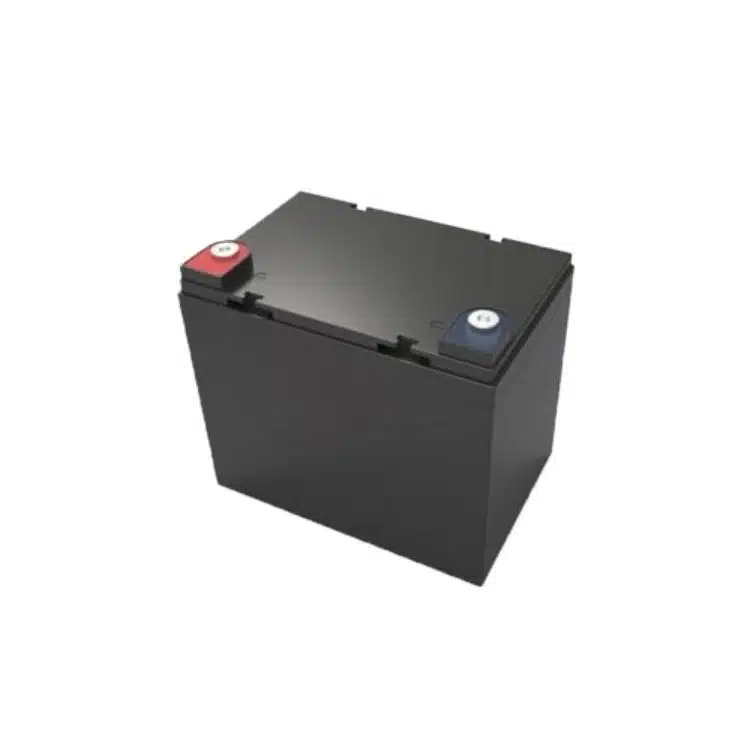
12.8V 35Ah LiFePo4 Battery
Nominal voltage: 12.8V
Nominal capacity: 35Ah
Rated energy: 460.8Wh
Recommend charge current: ≤18A
Max charge current: 80A
Internal resistance: ≤25mΩ
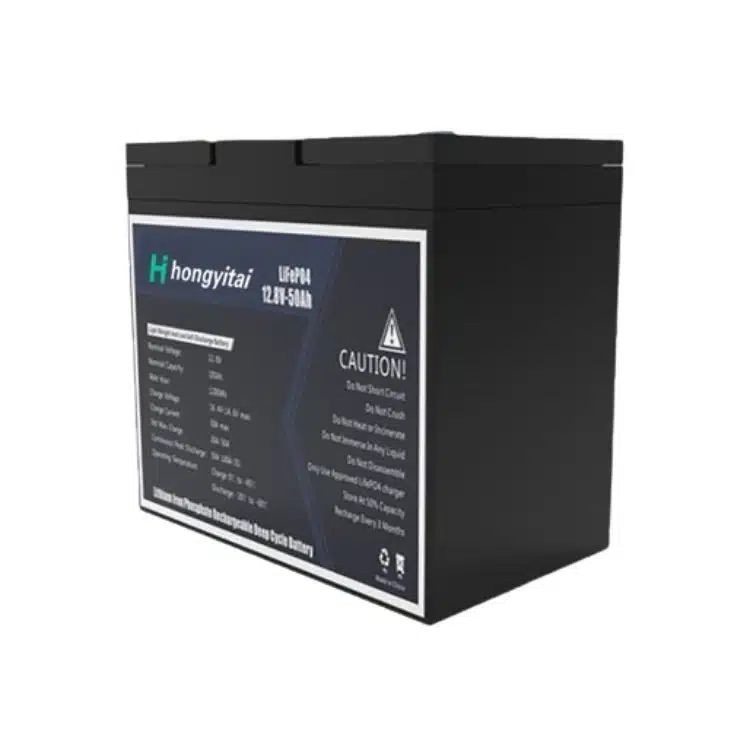
12.8V 50Ah LiFePo4 Battery
Nominal voltage: 12.8V
Nominal capacity: 50Ah
Rated energy: 640Wh
Recommend charge current: ≤25A
Max charge current: 100A
Internal resistance: ≤15mΩ
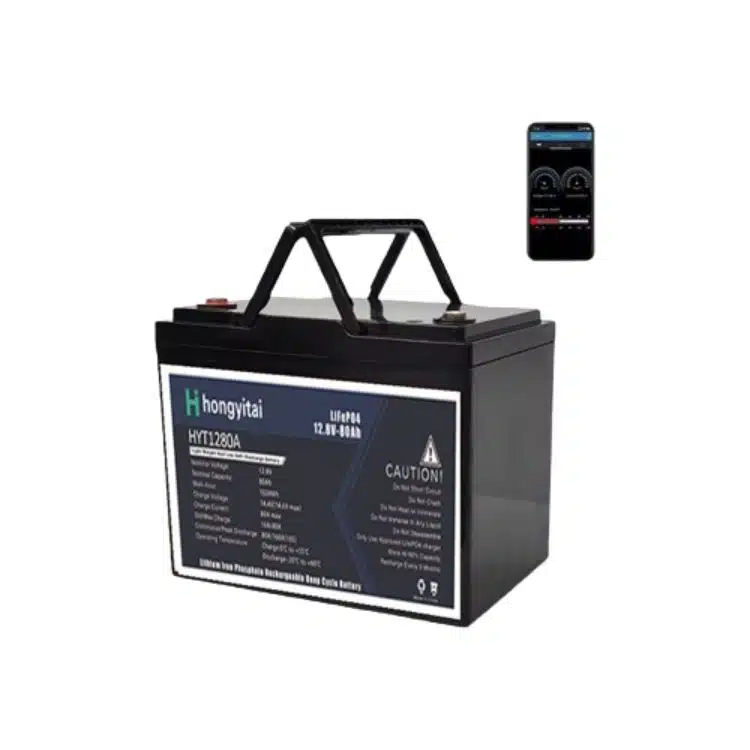
12.8V 80Ah LiFePo4 Battery
Nominal voltage: 12.8V
Nominal capacity: 80Ah
Rated energy: 1024Wh
Recommend charge current: ≤40A
Max charge current: 160A
Internal resistance: ≤12mΩ
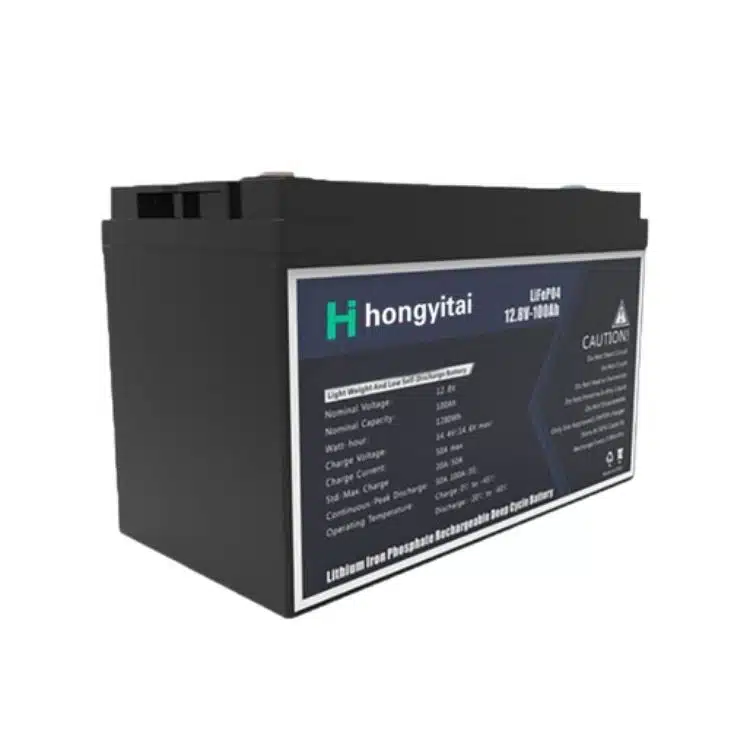
12.8V 100Ah LiFePo4 Battery
Nominal voltage: 12.8V
Nominal capacity: 100Ah
Rated energy: 1280Wh
Recommend charge current: ≤50A
Max charge current: 200A
Internal resistance: ≤10mΩ
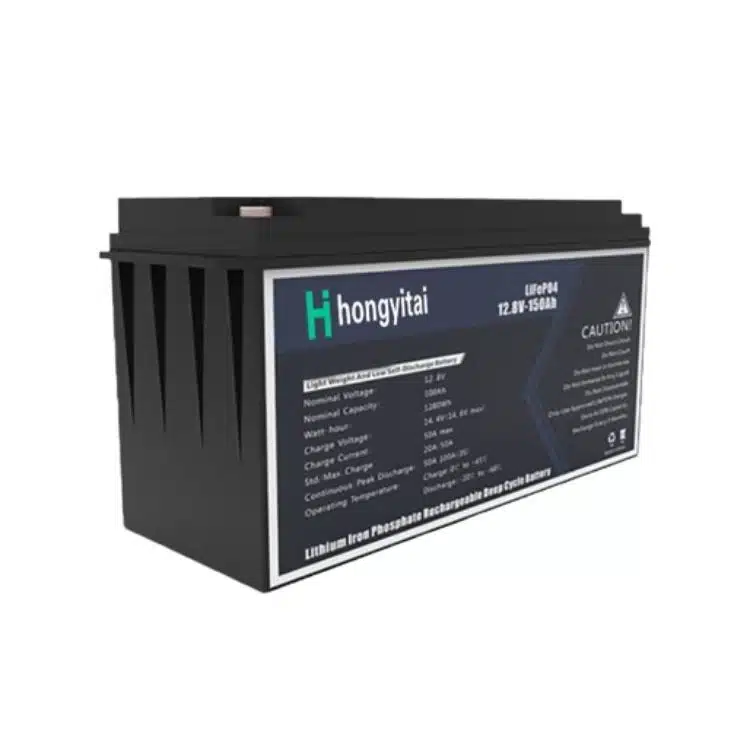
12.8V 150Ah LiFePo4 Battery
Nominal voltage: 12.8V
Nominal capacity: 150Ah
Rated energy: 1920Wh
Recommend charge current: ≤100A
Max charge current: 300A
Internal resistance: ≤10mΩ
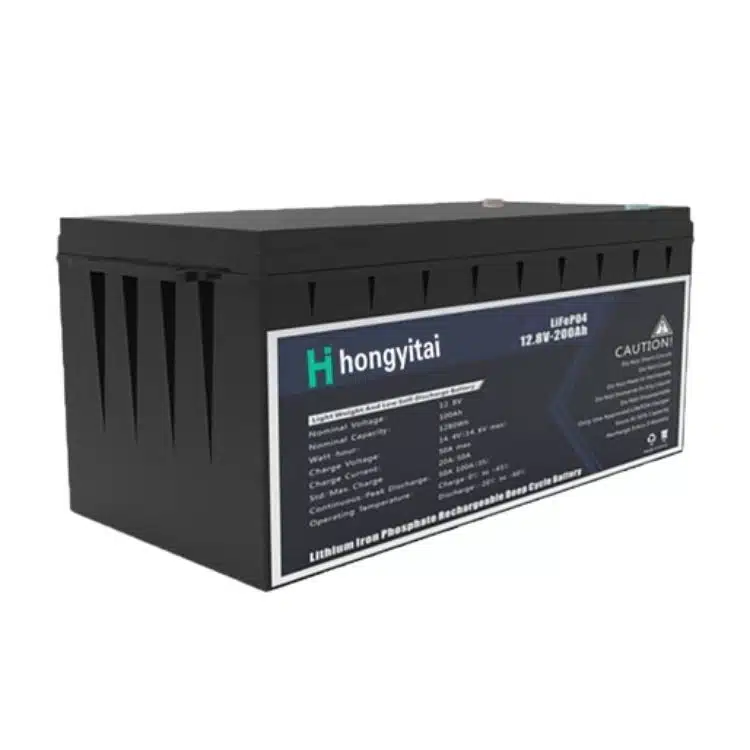
12.8V 200Ah LiFePo4 Battery
Nominal voltage: 12.8V
Nominal capacity: 200Ah
Rated energy: 2560Wh
Recommend charge current: ≤100A
Max charge current: 200A
Internal resistance: ≤10mΩ

12.8V 300Ah LiFePo4 Battery
Nominal voltage: 12.8V
Nominal capacity: 300Ah
Rated energy: 3840Wh
Recommend charge current: ≤80A
Max charge current: 200A
Internal resistance: ≤10mΩ
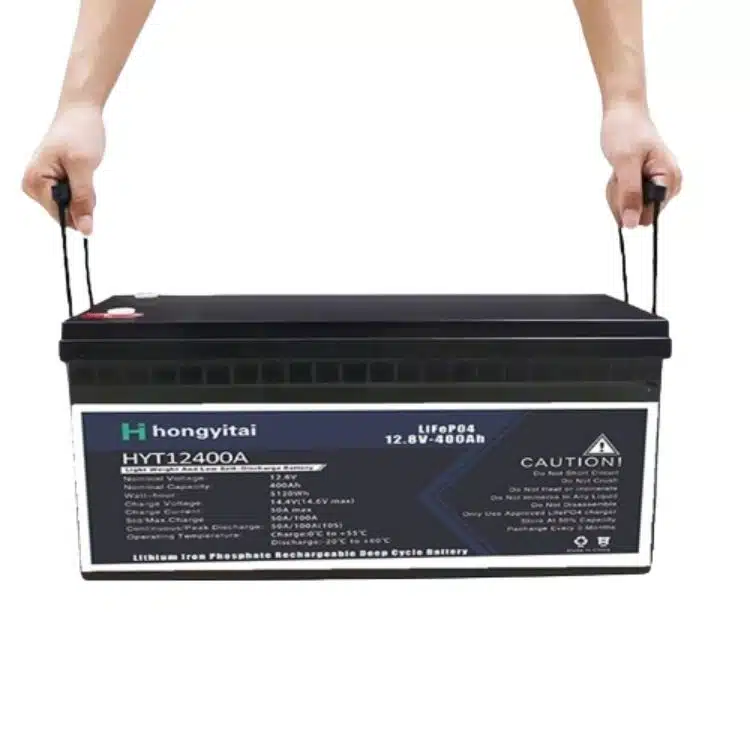
12.8V 400Ah LiFePo4 Battery
Nominal voltage: 12.8V
Nominal capacity: 400Ah
Rated energy: 5120Wh
Recommend charge current: ≤50A
Max charge current: 100A
Internal resistance: ≤12mΩ
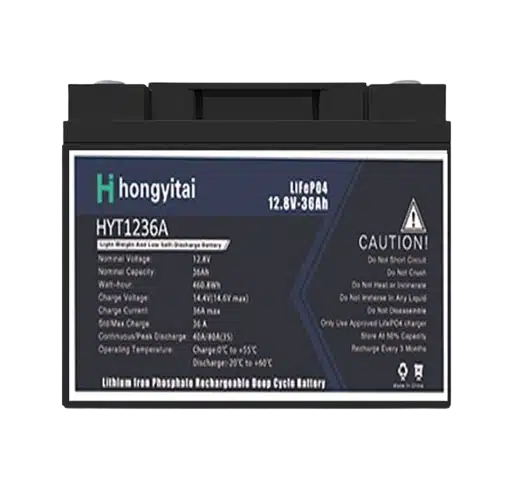
12.8V 36Ah LiFePo4 Battery
Nominal voltage: 12.8V
Nominal capacity: 36Ah
Rated energy: 460.8Wh
Recommend charge current: ≤18A
Max charge current: 36A
Internal resistance: ≤25mΩ
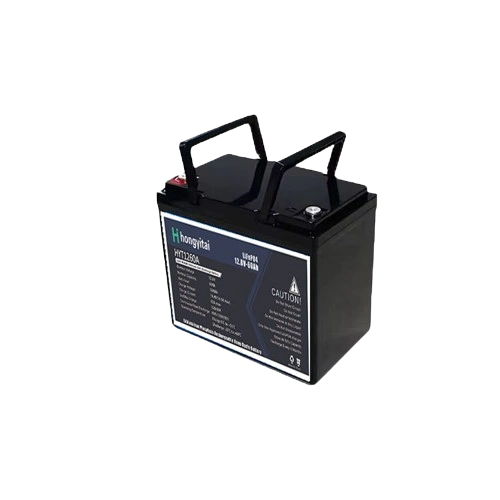
12.8V 60Ah LiFePo4 Battery
Nominal voltage: 12.8V
Nominal capacity: 60Ah
Rated energy: 768Wh
Recommend charge current: ≤30A
Max charge current: 60A
Internal resistance: ≤15mΩ
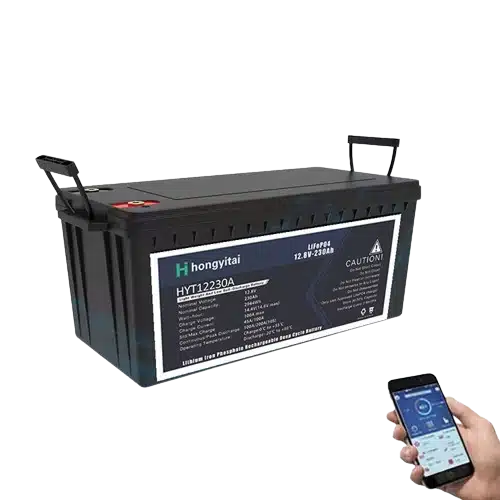
12.8V 230Ah LiFePo4 Battery
Nominal voltage: 12.8V
Nominal capacity: 230Ah
Rated energy: 2944Wh
Recommend charge current: ≤80A
Max charge current: 100A
Internal resistance: ≤10mΩ
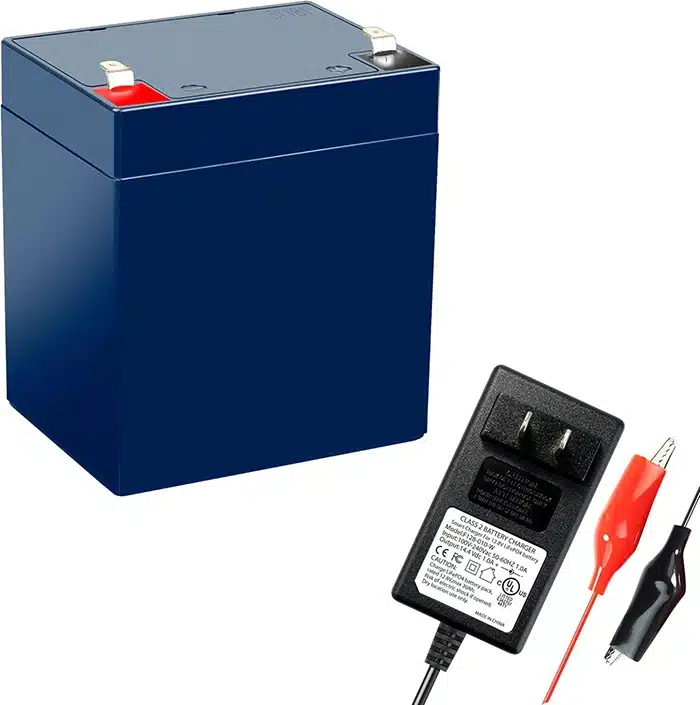
12.8V 5Ah LiFePo4 Battery
Nominal voltage: 12.8V
Nominal capacity: 5Ah
Rated energy: 64Wh
Recommend charge current: ≤2.5A
Max charge current: 5A
Internal resistance: ≤35mΩ
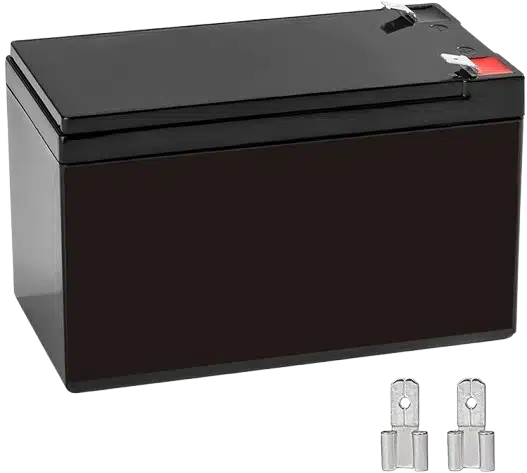
12.8V 9Ah LiFePo4 Battery
Nominal voltage: 12.8V
Nominal capacity: 9Ah
Rated energy: 115.2Wh
Recommend charge current: ≤4.5A
Max charge current: 9A
Internal resistance: ≤30mΩ
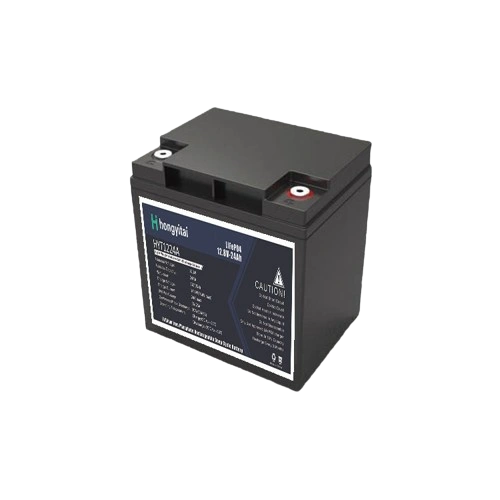
12.8V 24Ah LiFePo4 Battery
Nominal voltage: 12.8V
Nominal capacity: 24Ah
Rated energy: 307.2Wh
Recommend charge current: ≤12A
Max charge current: 24A
Internal resistance: ≤40mΩ
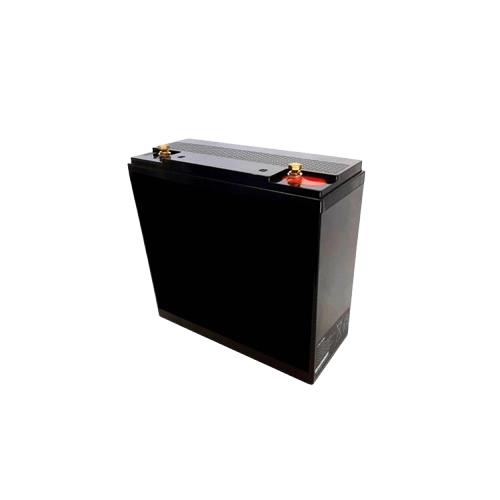
12.8V 25Ah LiFePo4 Battery
Nominal voltage: 12.8V
Nominal capacity: 25Ah
Rated energy: 300Wh
Recommend charge current: ≤15A
Max charge current: 30A
Internal resistance: ≤15mΩ
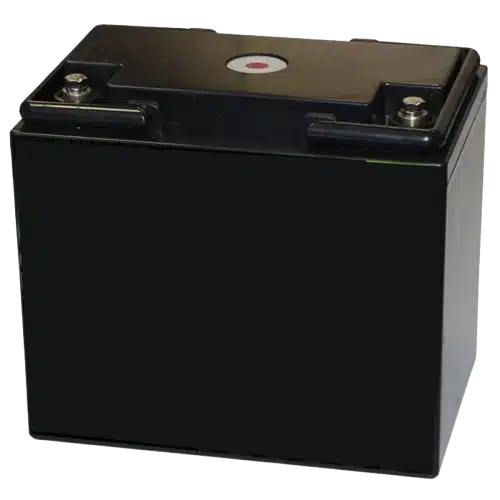
12.8V 40Ah LiFePo4 Battery
Nominal voltage: 12.8V
Nominal capacity: 40Ah
Rated energy: 512Wh
Recommend charge current: ≤20A
Max charge current: 40A
Internal resistance: ≤25mΩ
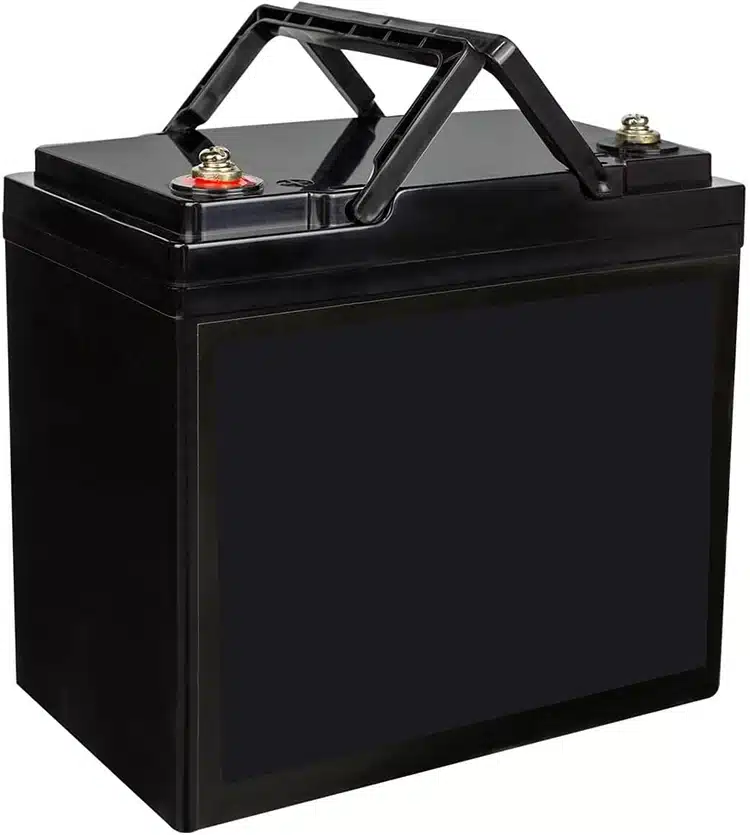
12.8V 75Ah LiFePo4 Battery
Nominal voltage: 12.8V
Nominal capacity: 75Ah
Rated energy: 960Wh
Recommend charge current: ≤37.5A
Max charge current: 75A
Internal resistance: ≤25mΩ
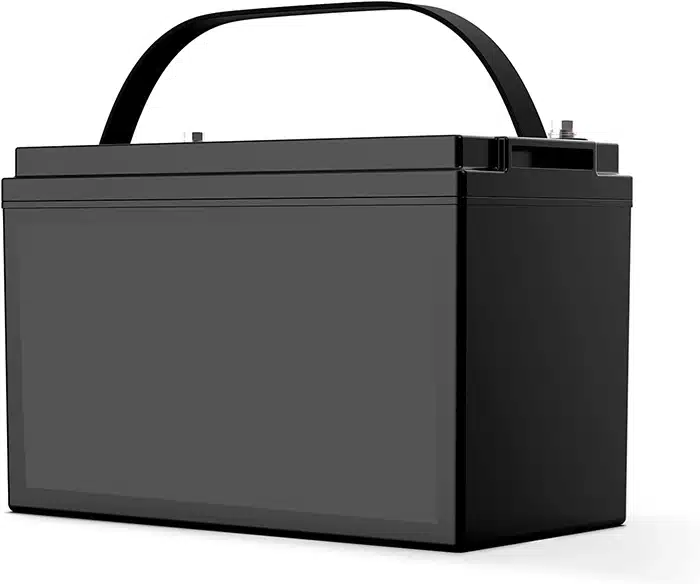
12.8V 105Ah LiFePo4 Battery
Nominal voltage: 12.8V
Nominal capacity: 105Ah
Rated energy: 1344Wh
Recommend charge current: ≤52.5A
Max charge current: 105A
Internal resistance: ≤25mΩ
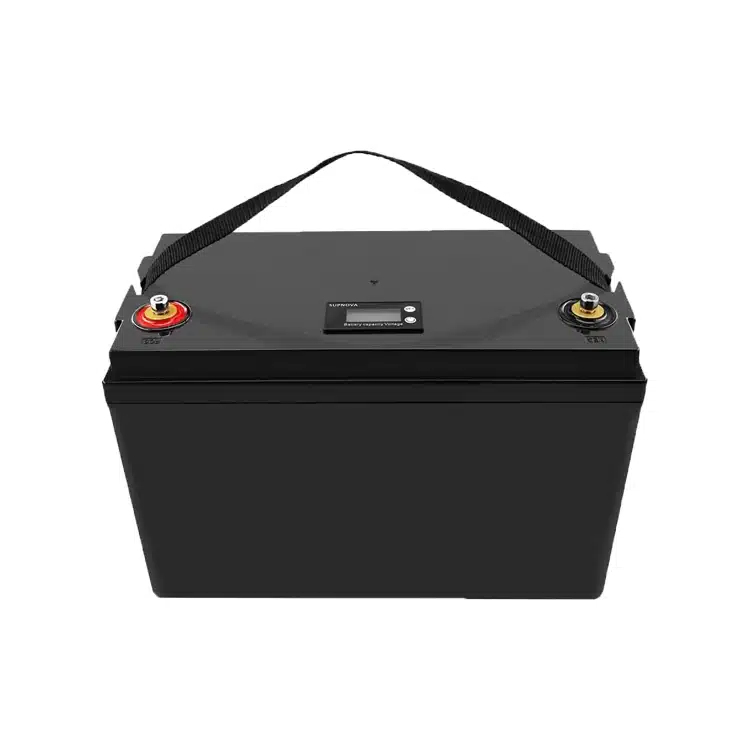
12.8V 120Ah LiFePo4 Battery
Nominal voltage: 12.8V
Nominal capacity: 120Ah
Rated energy: 1536Wh
Recommend charge current: ≤60A
Max charge current: 120A
Internal resistance: ≤25mΩ
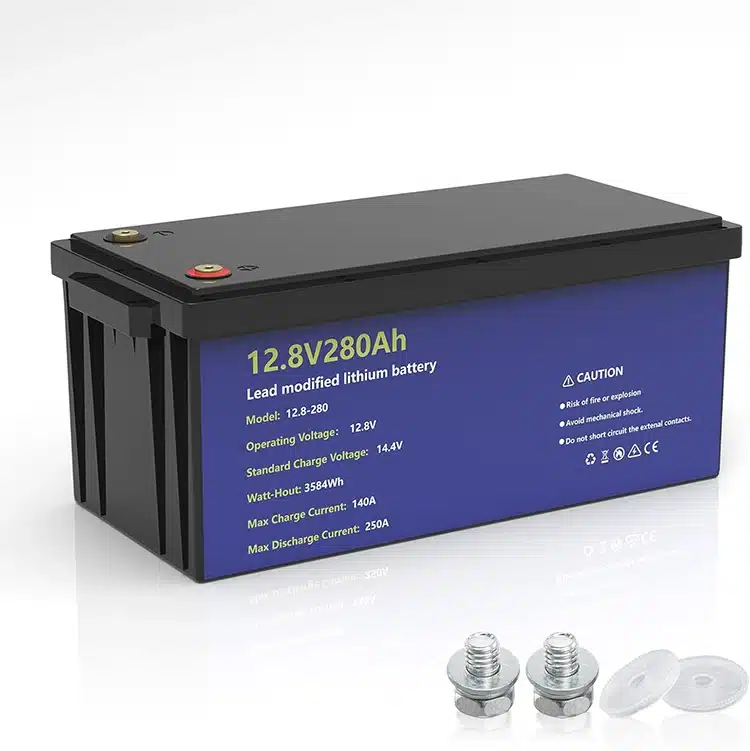
12.8V 280Ah LiFePo4 Battery
Nominal voltage: 12.8V
Nominal capacity: 280Ah
Rated energy: 3360Wh
Recommend charge current: ≤140A
Max charge current: 140A
Internal resistance: ≤25mΩ
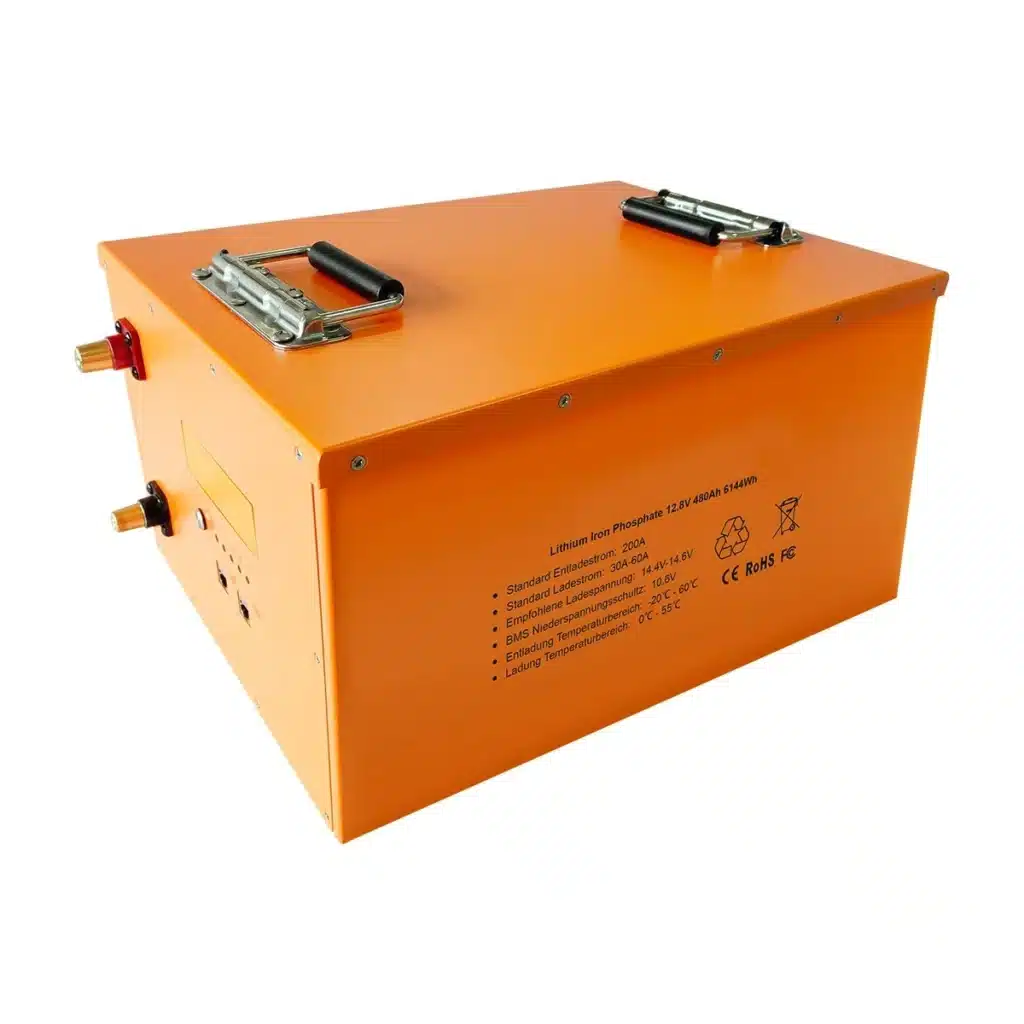
12.8V 460Ah LiFePo4 Battery
Nominal voltage: 12.8V
Nominal capacity: 460Ah
Rated energy: 5888Wh
Recommend charge current: ≤92A
Max charge current: 250A
Internal resistance: ≤25mΩ
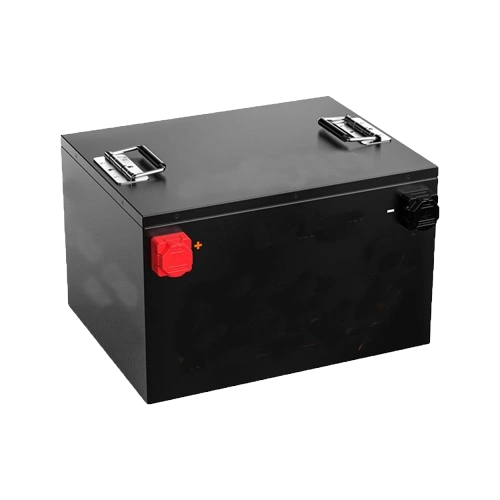
12.8V 560Ah LiFePo4 Battery
Nominal voltage: 12.8V
Nominal capacity: 560Ah
Rated energy: 7168Wh
Recommend charge current: ≤112A
Max charge current: 250A
Internal resistance: ≤25mΩ
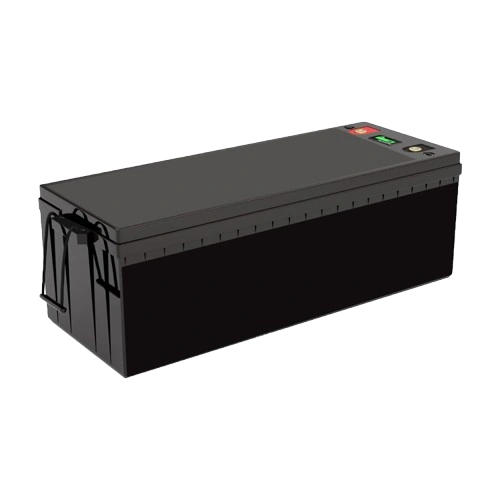
12.8V 600Ah LiFePo4 Battery
Nominal voltage: 12.8V
Nominal capacity: 600Ah
Rated energy: 7.68kWh
Recommend charge current: ≤120A
Max charge current: 250A
Internal resistance: ≤25mΩ
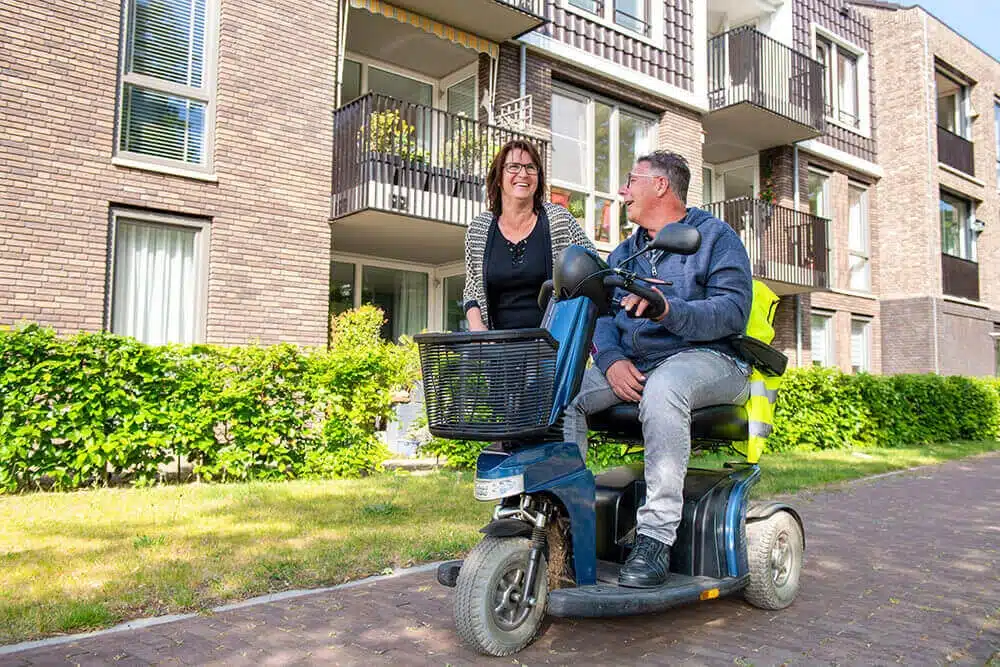
Electric wheelchair battery replacement
When you consider to replace lead acid battery to lithium, please consider following aspects:
Compatibility: Ensure the replacement battery matches the electric wheelchair’s voltage, capacity, and dimensions. Most electric wheelchairs use 12V “deep-cycle” batteries, designed for sustained discharge rather than short bursts of power.
Common replacement battery types:
- Lead-acid batteries: Affordable but require regular maintenance, such as adding distilled water.
- AGM and gel batteries: Sealed, maintenance-free, suitable for air travel, but more expensive.
Installation and maintenance:
- Battery installation often requires technical consultation to ensure safety.
- Always ensure the wheelchair is off and unoccupied when replacing batteries.
- Regularly check the battery’s charge status and voltage to maintain optimal performance. Following these steps ensures a safe and efficient battery replacement, extending the wheelchair’s lifespan and improving the user’s quality of life.
Electric wheelchair battery types
The table on the right compares three types of electric wheelchair batteries. Use it to make an informed decision. When choosing a battery, consider the following:
- Range and capacity: Select a capacity that suits your daily needs for a full charge.
- Weight and size: Ensure compatibility with your wheelchair and consider portability.
- Safety and maintenance: Choose a battery that meets safety standards and has built-in safety features.
| Battery Type | Advantages | Disadvantages |
|---|---|---|
| Lead Acid Battery | Lower cost, suitable for users on a budget. | Requires regular maintenance, such as adding distilled water, heavier weight, shorter lifespan (typically around 3 years). |
| AGM Battery | Maintenance-free, suitable for air travel, long lifespan. | Higher cost. |
| Lithium ion Battery | Lightweight, long lifespan, fast charging, high safety, maintenance-free. | High initial cost. |
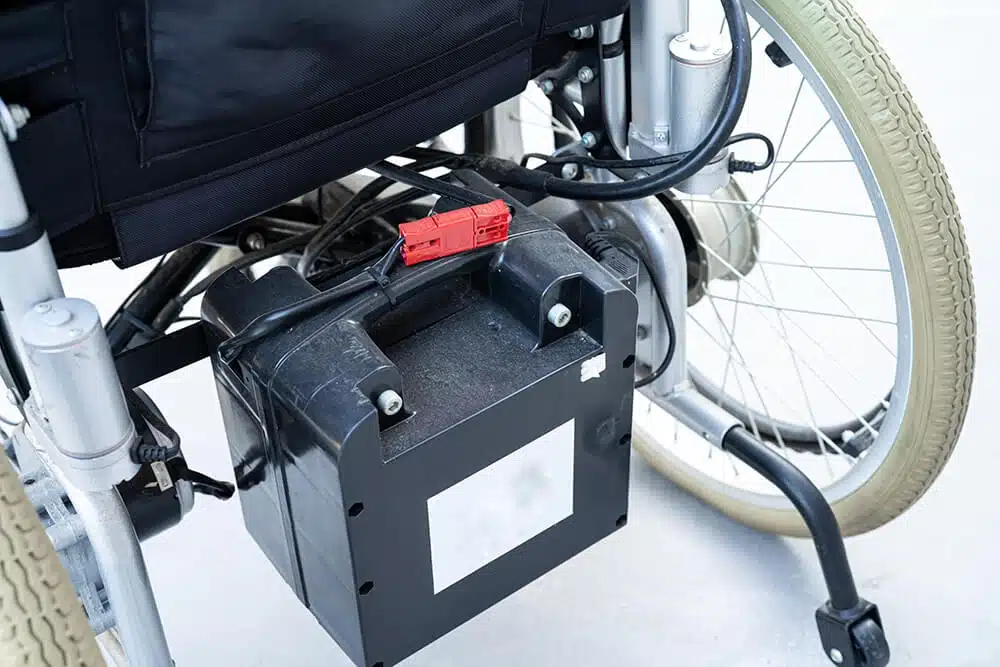
Electric wheelchair battery charger
An electric wheelchair battery charger is a crucial component that ensures the smooth operation of an electric wheelchair. Below is an overview of electric wheelchair battery chargers:
Charger Functions
- Safe Charging: Electric wheelchair chargers are equipped with multiple protective circuit functions to ensure safe and rapid battery charging, optimizing the performance of the electric wheelchair.
- Indicator Lights: Most chargers are equipped with indicator lights. A red light typically indicates that the battery is charging, while a green light indicates that charging is complete.
Usage Precautions
- Initial Use: Before using a new battery for the first time, it should be fully charged to ensure optimal performance.
- Charging Environment: Charging should be carried out in a well-ventilated, dry environment. No objects should cover the charger or battery.
- Charging Time: Typically, charging time is 5-10 hours. Once fully charged, disconnect the charger promptly and avoid leaving it connected for extended periods.
- Dedicated Charger: Use only the dedicated charger provided with the wheelchair. Using other chargers may damage the battery.
How long does an electric wheelchair battery last
Battery Types and Lifespan
Lead-Acid Batteries:
- Average lifespan: 3 years.
- Charge cycles: Typically support 300-500 charge cycles.
- Maintenance: Requires regular maintenance, such as checking the battery fluid level.
Lithium Batteries:
- Lifespan: Longer lifespan, often reaching 5-8 years.
- Charge cycles: Supports significantly more charge cycles (over 6000).
- Maintenance: Maintenance-free, lightweight, suitable for long-term use.
Factors Affecting Battery Lifespan
- Frequency of use: Frequent use accelerates battery aging. Heavy users who use the chair for more than 8 hours daily may need to replace the battery after about 2 years.
- User weight and wheelchair load: Heavier loads increase battery consumption and shorten lifespan.
- Terrain: Flat terrain places less strain on the battery, while uneven terrain accelerates battery consumption.
- Temperature: Extreme temperatures accelerate battery chemical aging. It is recommended to store batteries in a temperature-controlled environment.

FAQs for batteries for electric wheelchair
Lithium iron phosphate batteries are the optimal choice for electric wheelchairs due to their long cycle life of 6000+ cycles, lighter weight, rapid charging capability (1-2 hours), and maintenance-free operation.
Yes, it is possible. A dedicated charger should be used to charge the battery. Before installation, it's best to measure the battery's output to ensure it's functioning normally and can be restored to full operation.
It is not recommended to use car batteries in electric wheelchairs. Car batteries are designed differently from wheelchair batteries and may not provide the appropriate voltage and capacity for wheelchair use. This could negatively impact the wheelchair's performance and safety.
